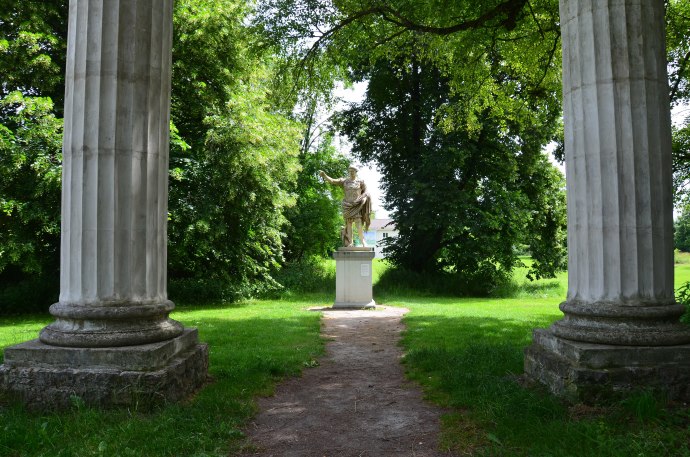A 2,000-year-old luxury Roman villa with a thermal bath and underfloor heating has been unearthed in Kempten, Bavaria, one of the oldest settlements in Germany.
Beneath the town of Kempten lie the foundations of the Roman city of Cambodunum, settled by Roman Emperor Nero Claudius Drusus Germanicus In 15 BC.
Cambodunum was officially founded by Emperor Augustus in the 1st century AD due to the location’s strategic value. The Roman city offered access to the Alpine passes connecting it with Bregenz, the capital of Vorarlberg in modern-day Austria and via Lake Constance and the Rhine, Cambodunum was also connected with Gaul.
Ancient Romans lived in homes with thermal baths and underfloor heating, as evidenced by an earlier excavation made in the Archäologischer Park Cambodunum (APC) at Kempten. The newly uncovered Roman villa is one of the oldest ever discovered in Germany.
The villa was exceptionally large, spanning at least 800 square meters over two stories, and was situated close to the temple district, the most coveted area of the ancient city, on the western edge. It had screed floors, frescoed walls, and private hot baths with heating under the floor.

Underfloor heating made by Roman engineers
The researchers found that Roman engineers had installed an underfloor heating system in the house. Known as a “hypocaust,” these heat manufacturing and distribution devices were forerunners of all present-day central heating systems.
Hypocausts produced warm water and hot air that circulated through pipes, heating the flooring. The warm air was even pumped through a series of pipes built into the walls, warming the second floor as well.
“You won’t find such private buildings in stone anywhere in southern Germany at this early time – at the beginning of the first century,” says Johannes Schiessl from the city archaeology department of Kempten.
“You won’t find such private buildings in stone anywhere in southern Germany at this early time – at the beginning of the first century.”
Johannes Schiessl
The discovery signifies that while Roman settlers still lived in wooden and clay buildings throughout the region, the elite in Cambodunum apparently already resided within fine stone and brick villas.
The discovery of the luxury private villa underscores that the Romanization of Bavaria, the development of an urban culture mirroring Rome’s, began in Kempten.
